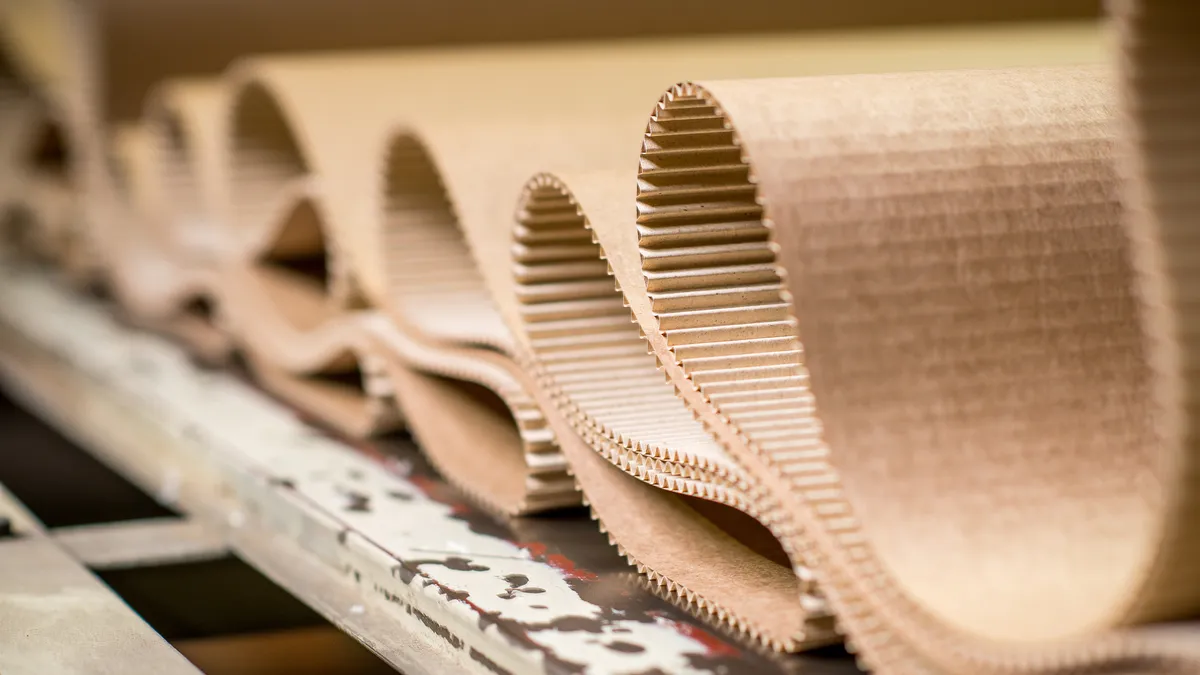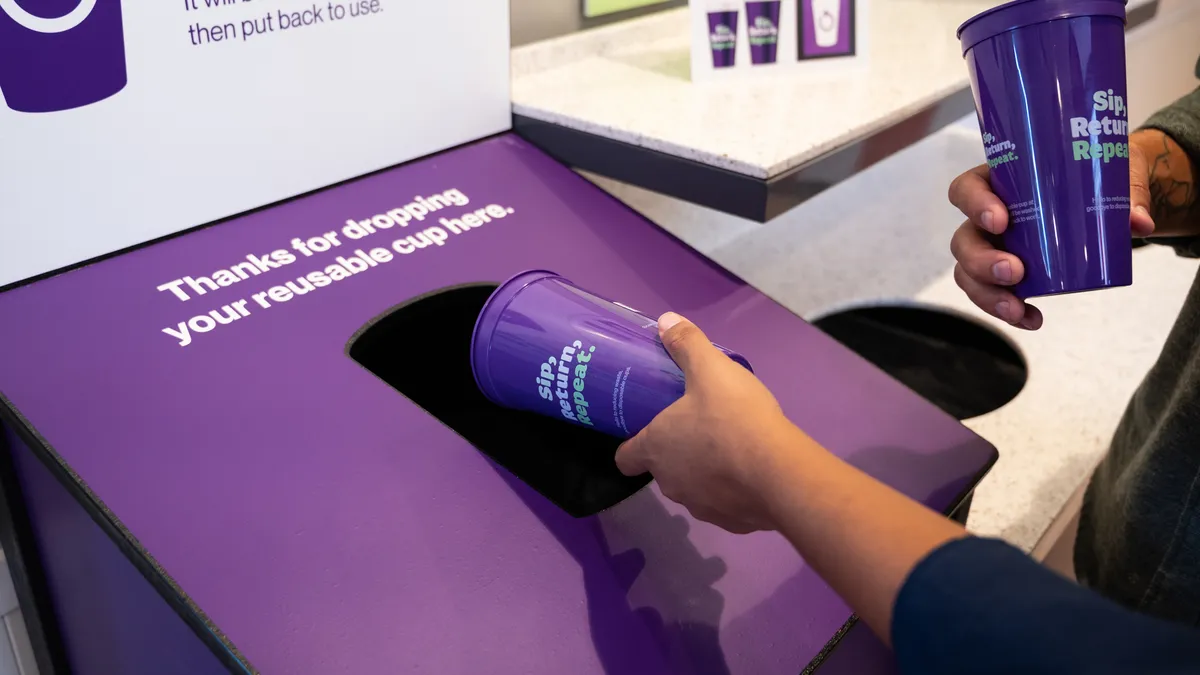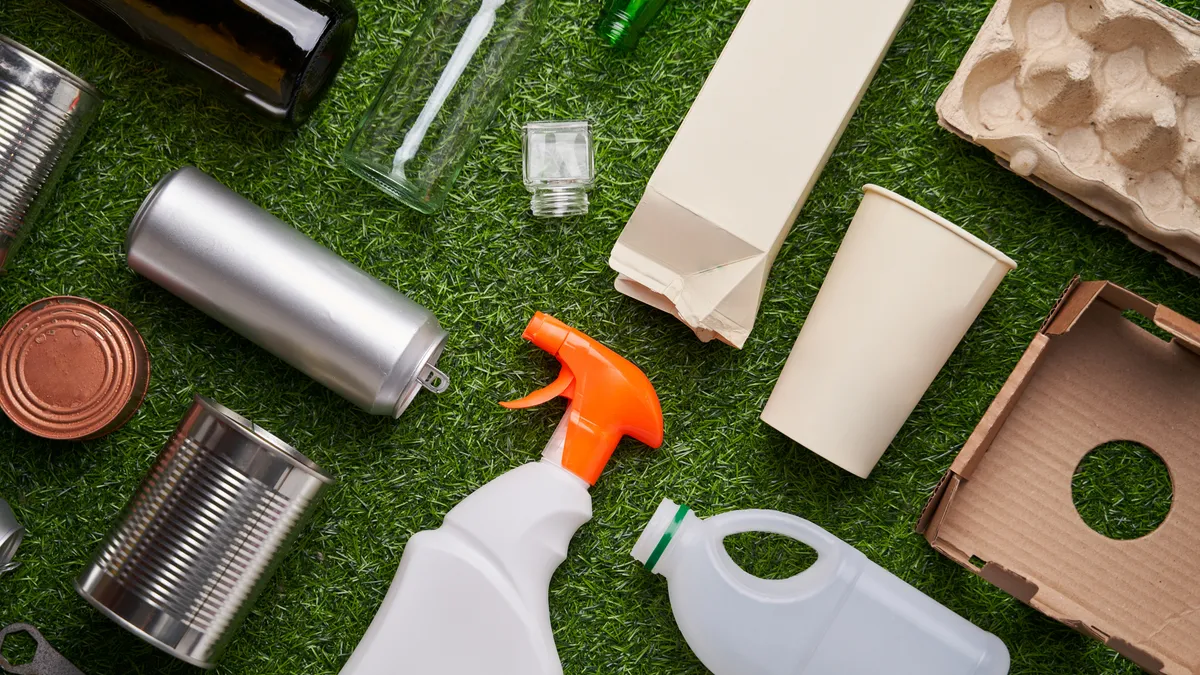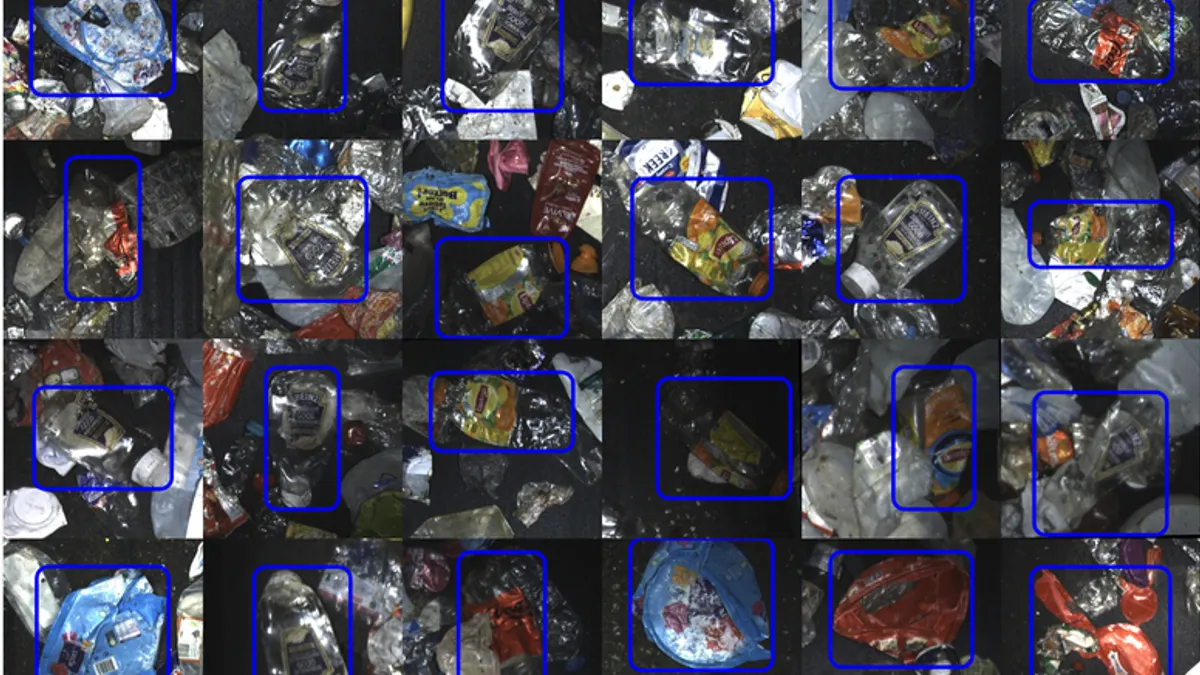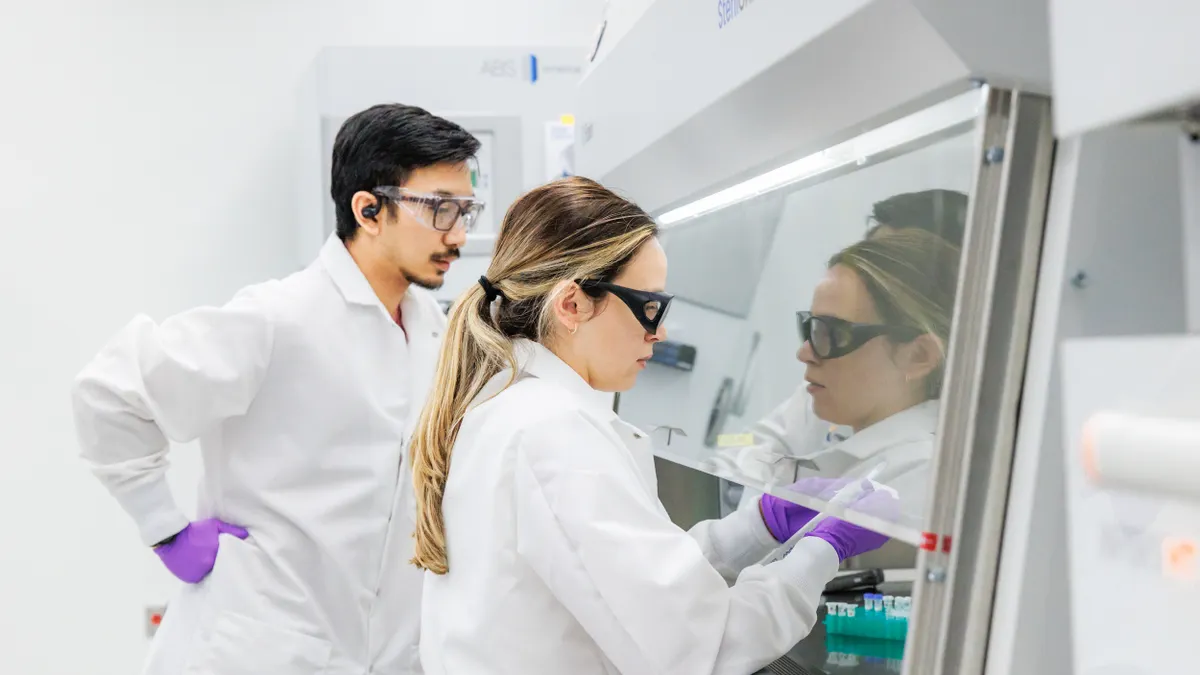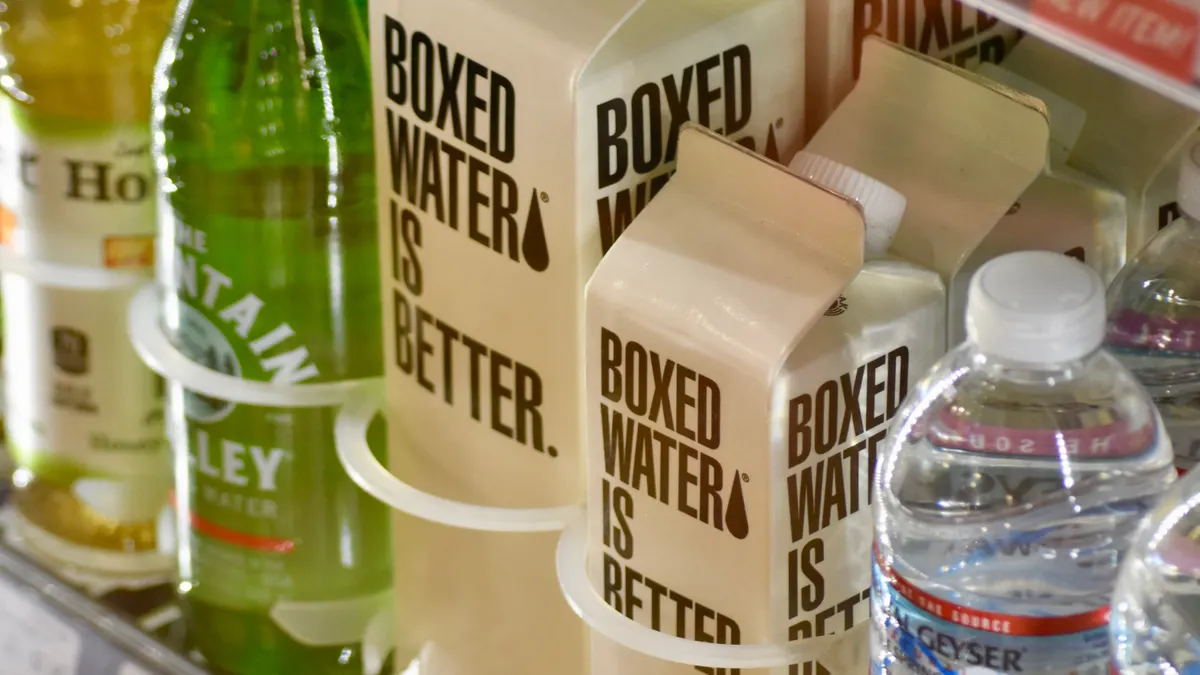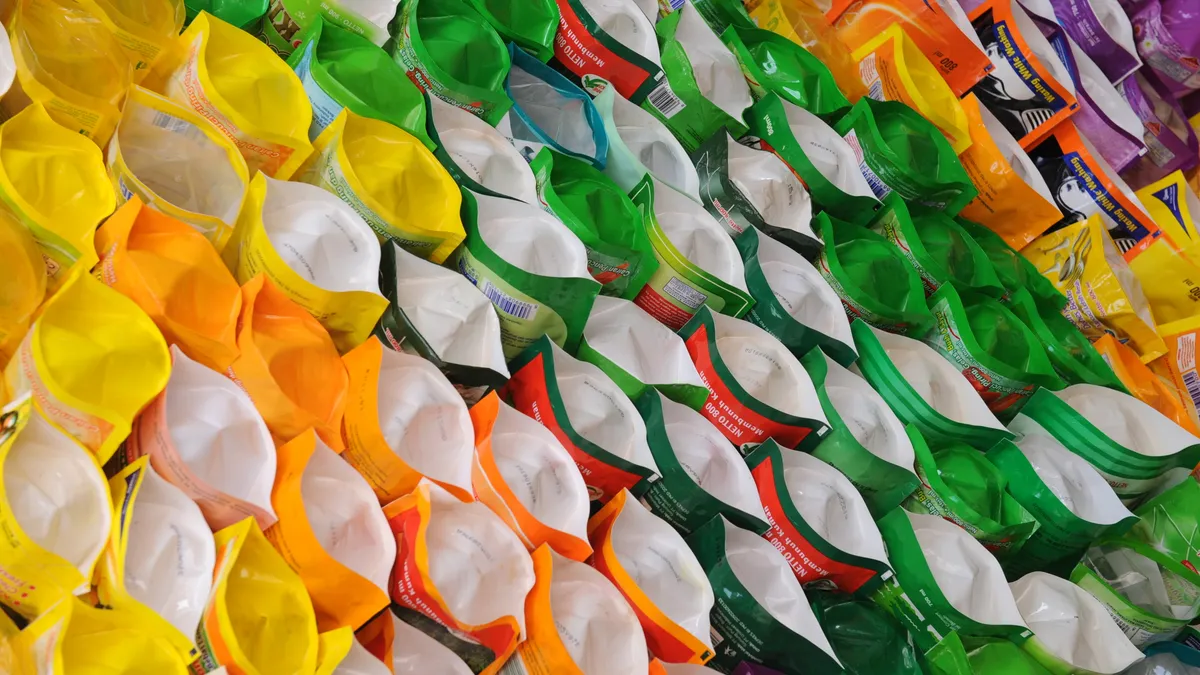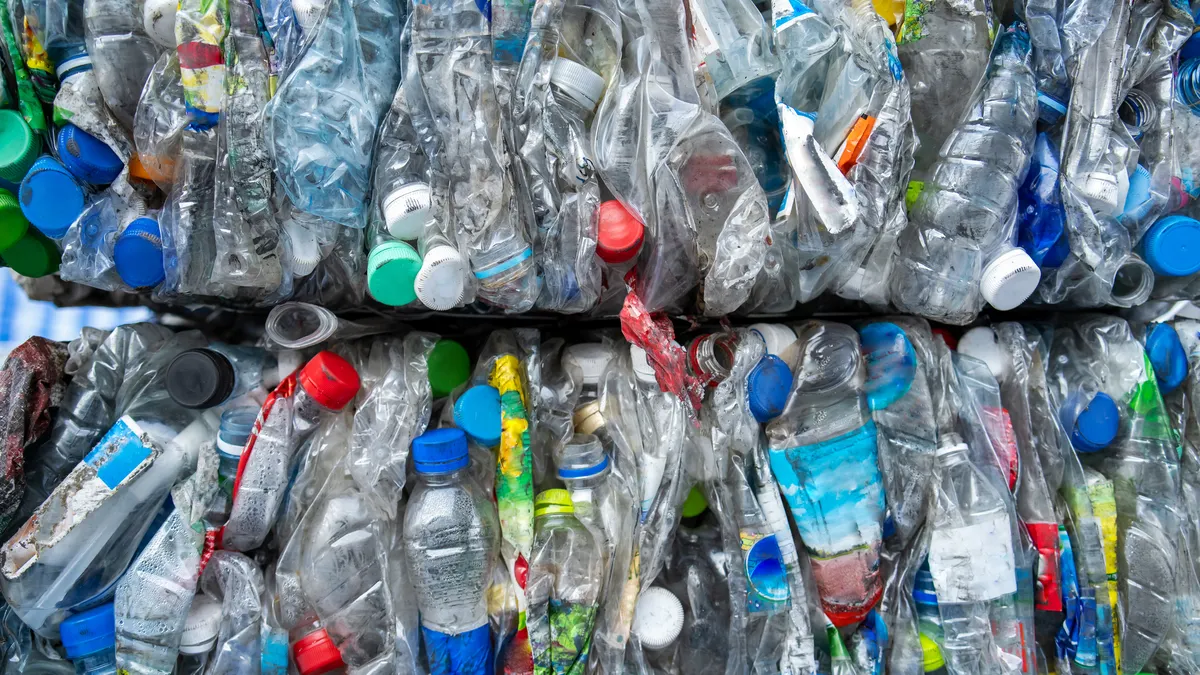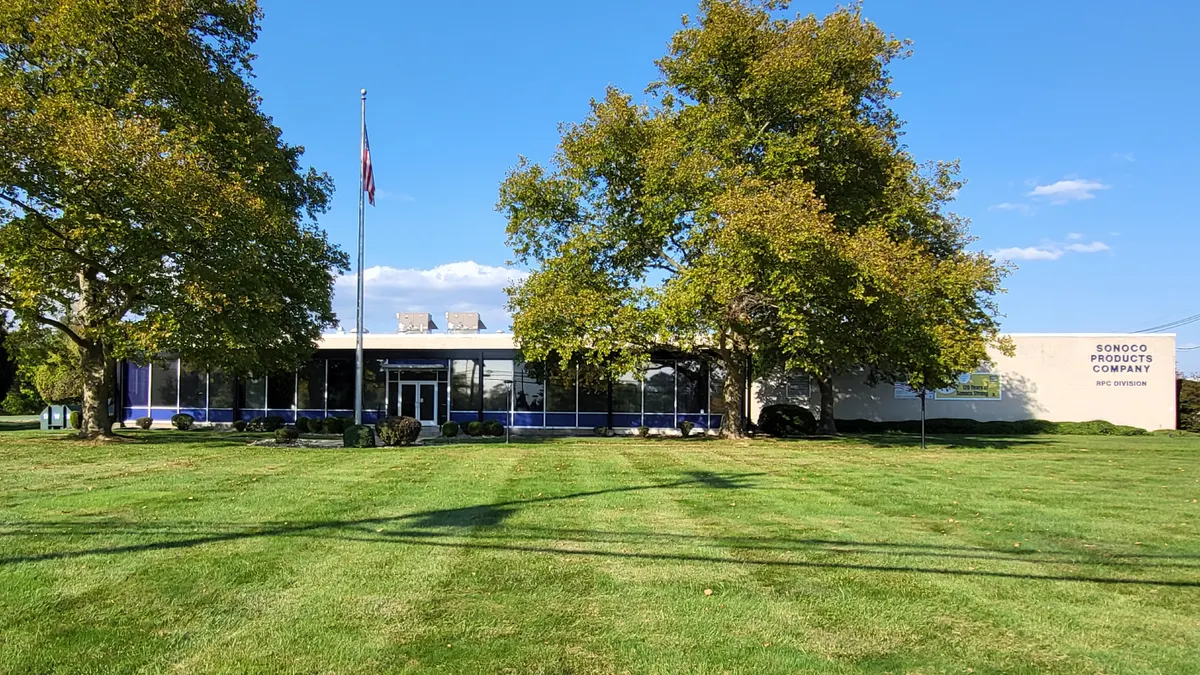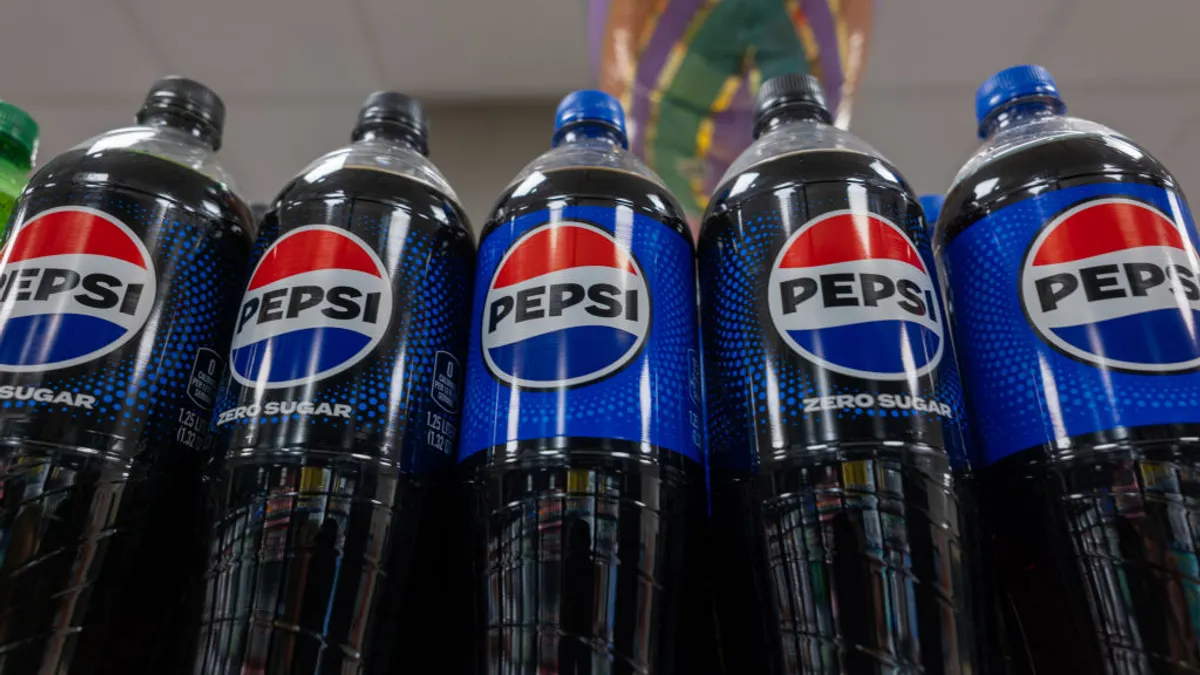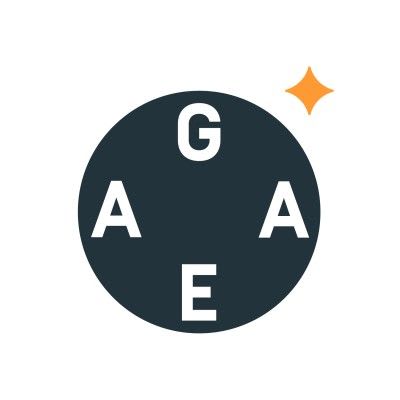Acquisition activity in the packaging sector could be tempered by broader economic headwinds this year as companies adjust to a potential tightening in consumer spending. But targeted opportunities still remain.
"Packaging is one of the most critical industries in the world,” said Matthew Wright, founder and CEO of cloud-based specification data platform Specright. "As long as the global economy continues to grow ... packaging is going to be a strong market once it sorts itself out this year."
Wright has experience on both sides of packaging acquisitions from his background in leadership roles at companies such as International Paper, Temple-Inland and rightPAQ, as well as from advising on additional deals. While he said many segments, such as the linerboard market, are so highly consolidated that large deals are unlikely, there are still opportunities in certain areas.
According to Wright, companies are always looking for ways to more fully integrate their systems, and national account customers becoming bigger through acquisitions of their own can create a need for packaging suppliers to have a more global presence.
Other factors cited by multiple observers are a growing demand for more sustainable packaging, the potential for consolidation in the plastics sector relative to other material types and the increasingly persistent role of private equity investors. The latest quarterly packaging M&A update from Deloitte indicates examples of deals that fit these criteria, along with growing investment in digitization and labeling technologies.
As with many industrial sectors, longstanding packaging companies may still be spurred to sell due to generational shifts or operating fatigue from recent challenging years. At the same time, Wright has seen examples of multigenerational family-run businesses doubling down to grow through investments or acquisitions of their own. Wright said the coronavirus pandemic made “the complexity and the decision from a generational shift harder.” That, coupled with a trend of rising valuations in recent years, drove activity.
Although, that equation has begun to shift as the Federal Reserve implements numerous interest rate hikes to stem inflation.
Kyle White, a director of equity research and lead analyst on paper, packaging and environmental services at Deutsche Bank, anticipates a potential slowdown in packaging M&A this year because “a high interest rate environment makes it a little more costly to do deals.” Still, deals have occurred in multiple categories so far in 2023.
Private equity-driven transactions are also expected to continue.
"Packaging is still a pretty attractive market for private equity companies because it's a fairly stable end market,” said White, noting that the sector’s exposure to the more reliable food and beverage sector makes it appealing.
Wright said the expanded role of private equity has been a notable factor in the packaging sector, with certain firms taking interest in specific geographic regions or material segments. But in his view, the potential may not always be as straightforward as in other industries.
“[Packaging companies are] generally very well-run businesses with minimal margin,” said Wright, noting that adding management roles and trying to fix certain aspects of a business is a common private equity playbook. "It's yet to be proven if that model is really solid.”
Perc Pineda, chief economist for the Plastics Industry Association, said he has seen anecdotal evidence — but no hard data so far — of growing private equity involvement in the plastic packaging sector. Pineda also agreed with the assessment that the plastic packaging space is more fragmented than others.
Overall, Pineda said the trade group’s data actually indicated a decline in plastics M&A activity from 2021 versus 2022 (with the number of deals down by 25.4% for rigid plastics and 23.4% for flexibles).
"I believe that's consistent with the pullback in consumer spending in food and beverage from the peak in 2021 as it bounded back from the pandemic,” said Pineda, who anticipates this year may see a similar level of activity as 2022.
According to Pineda, M&A activity in the paper sector saw a similar rate of decrease into 2022; a pullback in nondurable goods consumption correlated with these levels. When looking specifically at the apparent consumption change rates for common container types in the nondurable goods category between 2020 and 2021 (the most recent full-year data available), PET bottles were up by 8.8%. This was followed by metal cans, up 6.8%, and glass containers, down 1.2%
Some of these trends may be influenced by the shift in consumption patterns during the early pandemic period when more people stayed at home and single-use items saw an initial demand bump due to health concerns that later proved to be unfounded. This also influenced another ongoing trend that is playing a role in packaging investment and acquisitions: sustainability.
White said he sees “underlying sustainability tailwinds” in the sector, particularly for companies that invested heavily to expand capacity for aluminum or paper packaging as plastic alternatives. While this trend hasn’t necessarily played a clear role in M&A, White said there have been recent examples of companies divesting non-core assets to streamline their portfolios and focus on material types where they see growth potential.
More broadly, some observers see the consumer- and regulatory-driven push toward sustainability as a potential factor for deals in the future.
"In our industry, sustainability is at the forefront of the concerns of the whole supply chain, and so I would say that it is a big factor in terms of M&A activity, in terms of expansion, in terms of product development,” said Pineda.
Wright described sustainability as more of a secondary factor in M&A, but said it should not be discounted as a consideration.
"The companies that are focused on it will probably be more attractive from an acquisition standpoint or what they get valued at,” he said. "I think it'll be a detriment for some companies that position themselves poorly in that space."



